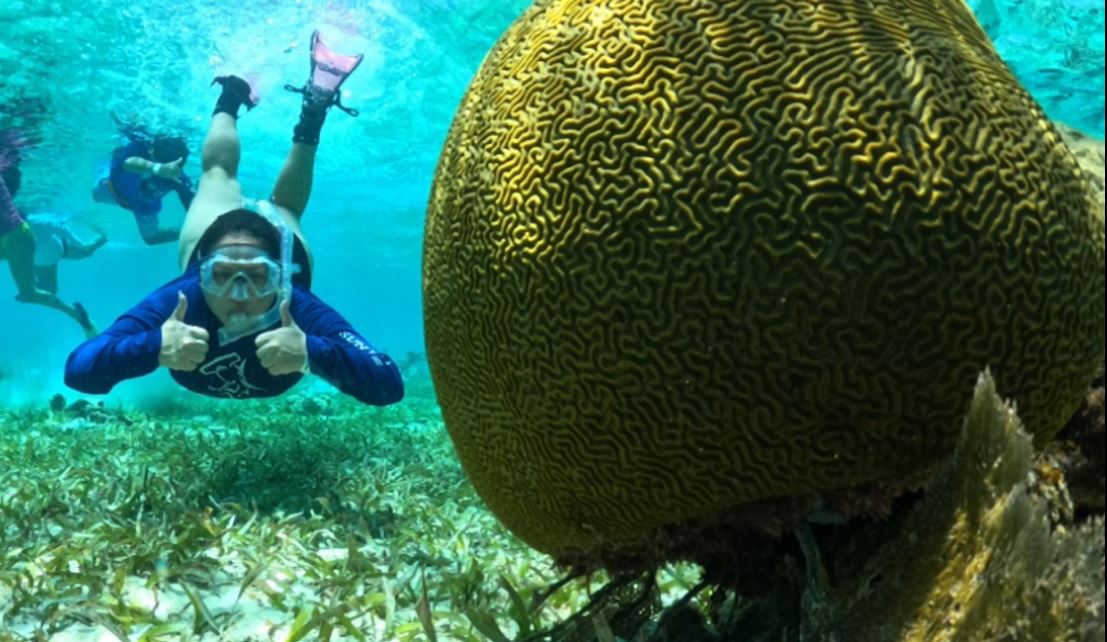The expansion of existing and emerging ocean uses has negative effects on ecosystems that provide habitat for key species and benefits to people. Integrated coastal and ocean management needs straightforward approaches for understanding the effects people have on marine environment. In recent years, extensive research has resulted in development of accessible approaches and a better understanding of the relationships between human activities and marine ecosystems. However, some important gaps prevent the use of these approaches in policy-making. This study focuses on the following three impediments to the uptake of risk assessments in coastal management: (1) methods for estimating how habitats will change under future management scenarios; (2) better understanding of the degree to which estimated risk reflects observed environmental degradation; and (3) accessible and transparent tools for incorporating estimated risk into coastal and ocean planning. A model called the Habitat Risk Assessment (HRA) model was developed, which is available in open-source software and can be used by government planners, NGOs, or other stakeholders to assess future scenarios for managing marine ecosystems. To make results more accessible to a policy audience, areas of habitat are classified as high, medium or low risk based on the risk posed by individual activities or by the cumulative effects of multiple activities. The model was used to assess risk to coral reefs, mangrove forests and seagrass beds and to design a spatial plan for the sustainable use of the marine environment of Belize. Results from the analysis and the model developed were used to inform the design of the country’s first Integrated Coastal Zone Management (ICZM) Plan.
This study provides a risk ranking method that calculates risk to ecosystems using two sets of information: (a) exposure, which represents the degree to which the habitat experiences stressors due to a specific human activity and (b) consequence, which reflects the habitat-specific response to stressors associated with different human activities. This method helps identify management options for reducing impacts. In general, management interventions have greater potential to reduce risk via changes in exposure than changes in consequence. New criteria was also developed for estimating risks specific to life history characteristics of the main taxa of coral reefs, mangrove forests and seagrass beds. Criteria developed to estimate exposure and consequence were based on the cumulative impact and risk assessment literature for ecosystem components. To quantify exposure, the model requires information on (a) spatial overlap between habitats and activities; (b) temporal overlap between habitats and activities; (c) intensity of the activity; and (d) effectiveness of management strategies for reducing exposure. To estimate consequence of exposure to human activities, the model requires information on (a) change in area; (b) change in structure; (c) frequency of natural disturbance; and (d) resilience. To estimate risk, the study used information on exposure of corals, mangroves and seagrass in Belize to selected human activities and the consequence of this exposure. The study also evaluates future habitat risk under alternative scenarios such as conservation, informed management and development, to understand the influence of human activities on coral reefs, mangrove forests and seagrass beds in the future. Results suggest that of the three future scenarios, the Conservation option would result in the greatest area of low-risk habitat and least amount at high risk, for all three habitats.
The HRA model presented here identifies both, planning regions where corals, mangroves and seagrass are at high risk, and which activities contributes the most to risk. The information allows managers to prioritize locations for actions to reduce risk by identifying where the spatial extent and exposure of certain high-risk activities can be reduced. In general, the approach presented has the potential to inform multi-sectoral ocean processes by identifying where cumulative risk from human activities is likely to degrade marine habitats, and how changing the location and extent of these activities reduces risk. When combined with models that estimate habitat-induced changes in ecosystem services, the HRA model helps to evaluate trade-offs between human activities and benefits that ecosystems provide to people.
Author: Arkema, K.K., G. Verutes, J.R. Bernhard, C. Clarke, S. Rosado, M. Canto, S.A. Wood, M. Ruckelshaus, A. Rosenthal, M. McField, and J. de Zegher
Year: 2014
View Full Article
Environmental Research Letters 9. doi:10.1088/1748-9326/9/11/114016


